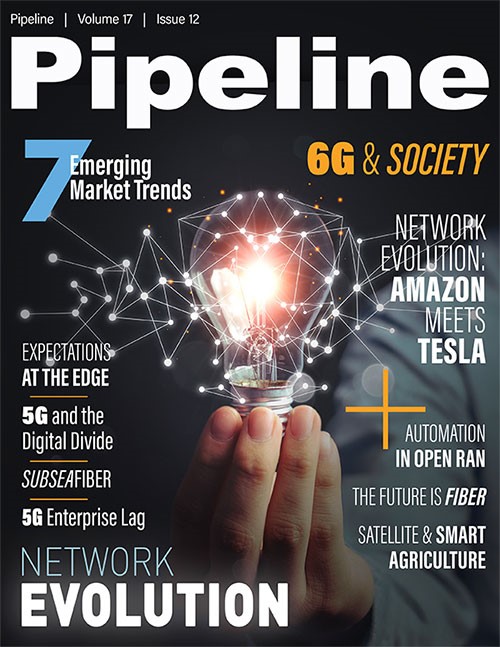Bridging the Digital Divide with 5G Access
In New York City, this has real-world implications when it comes to creating job opportunities for residents. Developing wireless infrastructure is no small undertaking: it requires a wide realm of jobs, with an even wider range of skills. Professionals in roles from construction workers to software engineers are needed for different aspects of the network builds, which only helps to grow the job market in the region. As the 5G era continues to unfold, the new wave of wireless networks will provide unprecedented benefits and build upon a well-rounded 5G economy—one that we have yet to fully fathom.
Smart city initiatives
What does quantifiable 5G innovation look like? Many cities around the US have “smart city” ambitions. Being so densely populated, the major cities of the US have a definitive need for better, more reliable infrastructure to successfully integrate better connectivity capabilities. This is especially true in some cities that have already begun to build out 5G infrastructure. But with any widespread industry growth of this magnitude, some regions won’t adapt or develop as rapidly as others, for any number of reasons. Take New York City as an example; imagine the impact if all five boroughs of NYC were covered by a blanket of high-speed ubiquitous connectivity. This would mean that no matter what area you live in, you’ll always have access to connectivity. This should be the true mission of smart city projects, to ensure that those in currently underserved areas can soon rely on wireless anywhere.
In addition to its Wi-Fi coverage, smart city initiatives also can become a platform for social services, civic engagement, education, and a way to share important local information. A prime example would be the currently outdated public phone booth systems found in many major cities around the country. These could potentially be replaced with similar, more modern offerings that, while providing free telephone calls could also enable access to important city information, USB ports for free phone charging, along with free public WiFi. These could be used for advertising as well as public service announcements, which has shown potential to be the most vital aspect of these initiatives, especially over the past year as citizens have navigated the challenges of the COVID-19 pandemic. In a major city, being able to run real-=time updates during a global health crisis in multiple languages regarding COVID-19 resources, alerts, guidelines, and vaccine availability, all at no cost to the residents, is priceless. The ability to rely on this sort of infrastructure no matter where you may live, especially during times of crisis or need, is a key aspect of what will make smart cities successful in the future, and why the development of them is already underway.
Looking forward
Most existing smart city initiatives are currently and will continue to be funded primarily through private investments and advertising. This type of public-private partnership allows these programs to expand, as well as accelerate their reach and impact throughout major cities in a minimally disruptive way. When public-private partnerships work efficiently, there’s no need to rip up city streets with construction. The goal is to ensure that all residents of major metro areas have access to the benefits of enhanced 5G connectivity and become a model for upcoming smart cities around the world. By continuing to upgrade and expand infrastructure across the country through smart city projects, further change and innovation will surely follow.
The ultimate goal is to have shared infrastructure in urban centers that everyone has fair access to, which includes both 5G broadband and Wi-Fi. If someone is walking in New York City and talking on their cell phone over Wi-Fi, they can never lose their call. If a child is on a bus doing homework, they can never lose their connection no matter where it drives in the city of New York. This is the level of connectivity we need to be striving for, in all areas, equally.



















